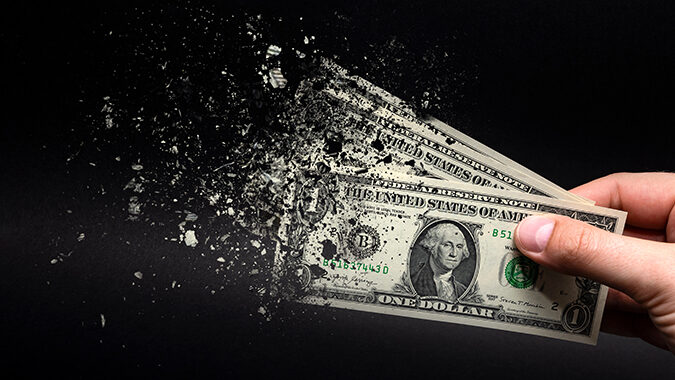What’s the purchasing power of $100 in New Jersey?
The U.S. Bureau of Economic Analysis (BEA) recently released data detailing disparities in spending power across state and metropolitan areas. Using that 2021 data, the Tax Foundation on Tuesday compared how much $100 buys across the country. In North Jersey, the answer is only $87.28.
In fact, the New York-Newark-Jersey City metro area is ranked No. 4 on the list of the most expensive metropolitan areas in the United States behind urban Honolulu ($87.15); San Diego-Chula Vista-Carlsbad, California ($86.84); and San Francisco-Oakland-Berkeley, California ($83.45). The least expensive metro area is Anniston-Oxford, Alabama ($119.28).
The difference between the most and least expensive areas tends to correspond to differences in housing costs wherever land is more expensive. However, areas with higher costs of living also tend to pay higher salaries for identical jobs, which can offset at least some of the lost purchasing power.
While regional price parities (RPPs) vary greatly across the nation, they also vary within states as well. For example, in New Jersey, the real value of $100 is:
- $87.28 in Bergen, Essex, Hudson, Middlesex, Hunterdon, Monmouth, Morris, Ocean, Passaic, Somerset, Sussex, Union counties
- $98.14 in Mercer County
- $100.80 in Burlington Camden, Gloucester, and Salem counties
- $101.72 in Warren County
- $102.91 in Atlantic County
- $103.26 in Cumberland County
- $105.78 in Cape May County
Many government policies, such as minimum wage levels, tax brackets, and means-tested public benefit income thresholds, are denominated in nominal dollars, even though a dollar in one region may go much further than a dollar in another, the Tax Foundation points out.
“Lawmakers should keep that reality in mind as they make changes to tax and economic policies,” the foundation said.

